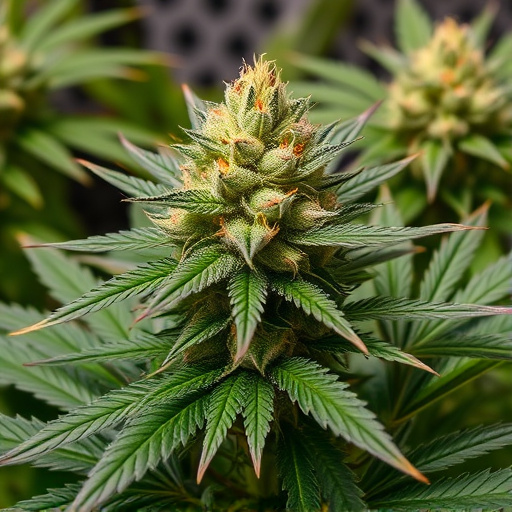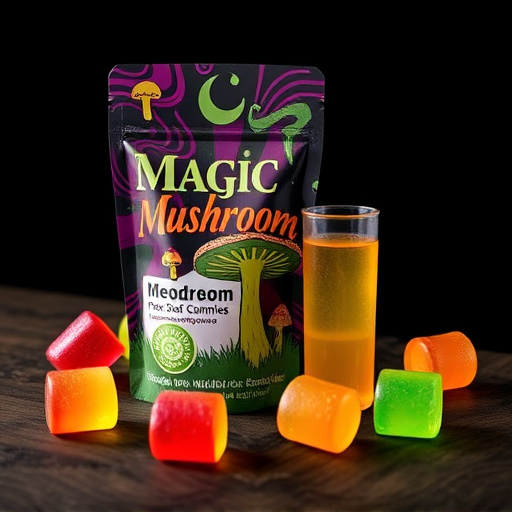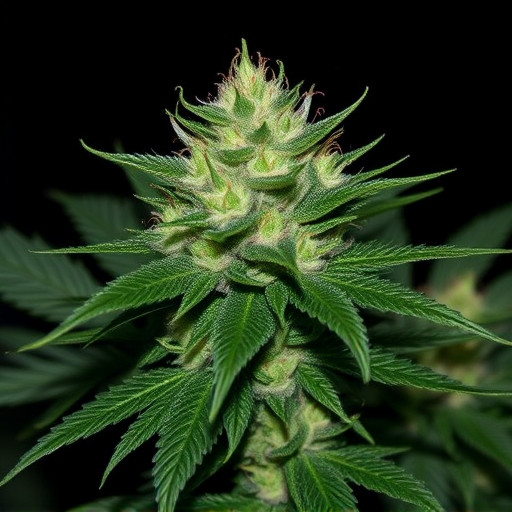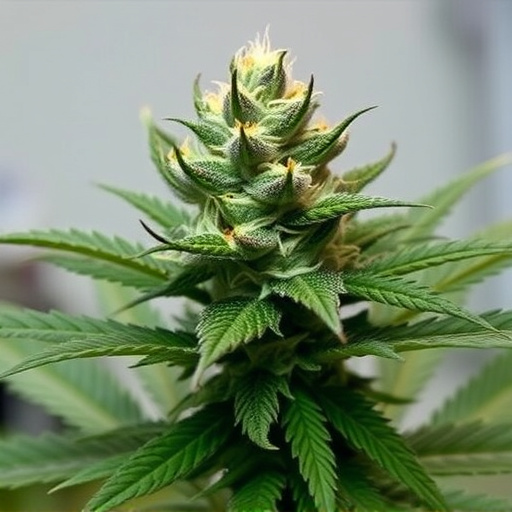The medical cannabis market is rapidly growing by 2025, with a wide range of top cannabis strains tailored for specific medical conditions. Understanding each strain's unique chemical profile and effects on the endocannabinoid system is key to navigation. Chronic pain patients benefit from balanced THC-to-CBD ratios in Blue Dream and Granddaddy Purple, while anxiety relief comes from Lemon Haze and Charlotte's Web. High-CBD strains like Cannatid treat epilepsy, and Sativa varieties aid multiple sclerosis symptoms. Indica dominant strains help alleviate chemotherapy-induced nausea. Future advancements include targeted treatments for epilepsy and PTSD, personalized medicine plans, and expanded variety of top cannabis strains through improved cultivation techniques.
In the evolving landscape of medical cannabis, understanding strains and their unique effects is paramount for patients seeking relief. This article guides you through the 2025 top cannabis strains specifically recommended for various medical conditions, from anxiety and pain to inflammation and sleep disorders. We explore how terpene profiles and cannabinoid content influence outcomes, empowering informed decisions for safe, effective treatment. Discover the best strains tailored to your needs in this comprehensive overview of modern medical cannabis options.
- Understanding Cannabis Strains and Their Effects
- Top Medical Conditions and Recommended Strains
- Considerations for Safe and Effective Use in 2025
Understanding Cannabis Strains and Their Effects

Cannabis has seen a surge in medical applications, leading to an ever-evolving market with countless strains on offer. When considering which strains are best for specific medical conditions, understanding their unique chemical profiles and effects is paramount. Each cannabis strain possesses distinct levels of cannabidiol (CBD) and tetrahydrocannabinol (THC), the two most well-researched cannabinoids. These compounds interact with our body’s endocannabinoid system to produce various therapeutic effects.
For instance, high-CBD strains are renowned for their potential in alleviating anxiety and seizures without the intoxicating effects of THC. On the other hand, indica strains, rich in THC, may offer more pronounced relaxation and pain relief benefits, making them popular choices for insomnia and chronic pain management. The year 2025 promises an even wider array of top cannabis strains, each catering to diverse medical needs, as research continues to uncover the plant’s immense therapeutic potential.
Top Medical Conditions and Recommended Strains
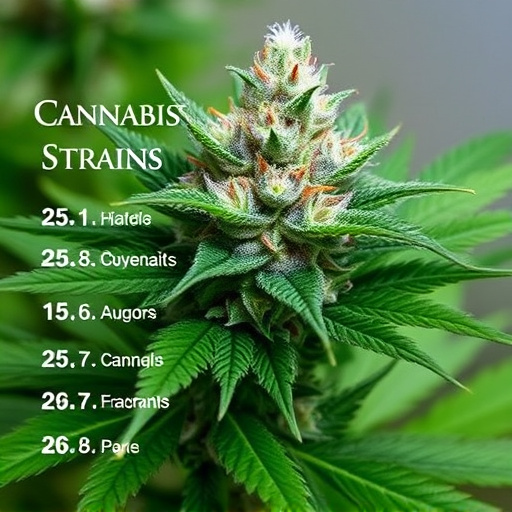
In the ever-evolving landscape of medical cannabis, understanding which strains cater to specific conditions is paramount for patients in 2025. Among the top medical conditions that benefit from cannabis therapy are chronic pain, anxiety disorders, epilepsy, multiple sclerosis (MS), and certain types of nausea associated with chemotherapy.
For chronic pain, top cannabis strains 2025 like Blue Dream, Granddaddy Purple, and Banana Kush are renowned for their balanced THC-to-CBD ratios, offering both analgesic and anti-inflammatory effects. Anxiety and stress find relief in strains such as Lemon Haze, Charlotte’s Web, and Akaline, known for their calming properties. Epilepsy treatments often incorporate high-CBD strains like Cannatid and Charlotte’s Web due to their potential anticonvulsant effects. Patients with MS may benefit from Sativa strains like Super Silver Haze or Jack Herer for their ability to alleviate muscle spasms and fatigue. Lastly, chemotherapy patients can find nausea relief in Indica dominant strains like Bubble Gum or Pink Cookies.
Considerations for Safe and Effective Use in 2025

As we move into 2025, the landscape of medical cannabis is evolving rapidly. When considering the top cannabis strains for various conditions, several key factors come into play to ensure safe and effective use. Firstly, scientific research is playing a pivotal role in identifying specific cannabinoids and terpenes that target particular ailments. Strains high in CBD, for instance, are gaining popularity for their potential anti-inflammatory and anxiolytic properties, making them suitable for managing conditions like epilepsy and PTSD.
Moreover, the year 2025 may see a greater emphasis on personalized medicine, where patients work closely with healthcare professionals to tailor their cannabis treatment plans. This approach considers individual biochemistry and specific symptoms, maximising therapeutic benefits while minimising potential risks. With advancements in cultivation techniques, we can also expect a wider range of top cannabis strains offering diverse cannabinoid profiles, allowing for more precise dosing and tailored treatments.
In conclusion, understanding cannabis strains and their unique effects is crucial for navigating the medical landscape in 2025. The right strain can significantly impact treatment outcomes for various conditions. While research continues to evolve, recognizing the top cannabis strains of 2025 and their specific applications can empower patients and healthcare providers alike. By considering individual needs and safe use practices, these recommended strains have the potential to revolutionize medical care, offering natural relief and improved quality of life.






